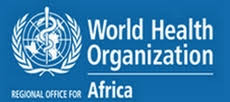-
access_time31 December, 1969
subjectCategory:
- picture_as_pdfView the Journal
ER-Journal is now indexed in:

 AFRICAN INDEX MEDICUS (WHO)
AFRICAN INDEX MEDICUS (WHO)
 Cab Abstracts
Cab Abstracts


Contact Us
The Editor in Chief, Journal of Experimental Research Department of Anatomy, Enugu State University of Science and Technology, College Of Medicine (ESUCOM), GRA Enugu, Nigeria.
Editor-in-Chief: editorinchief.erjournal@gmail.com
Editorial Secretary: editorialsecretary.erjournal@gmail.com
Publishers

Enugu State University of Science and Technology